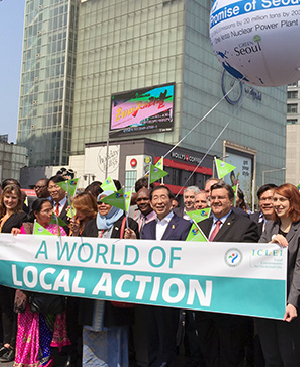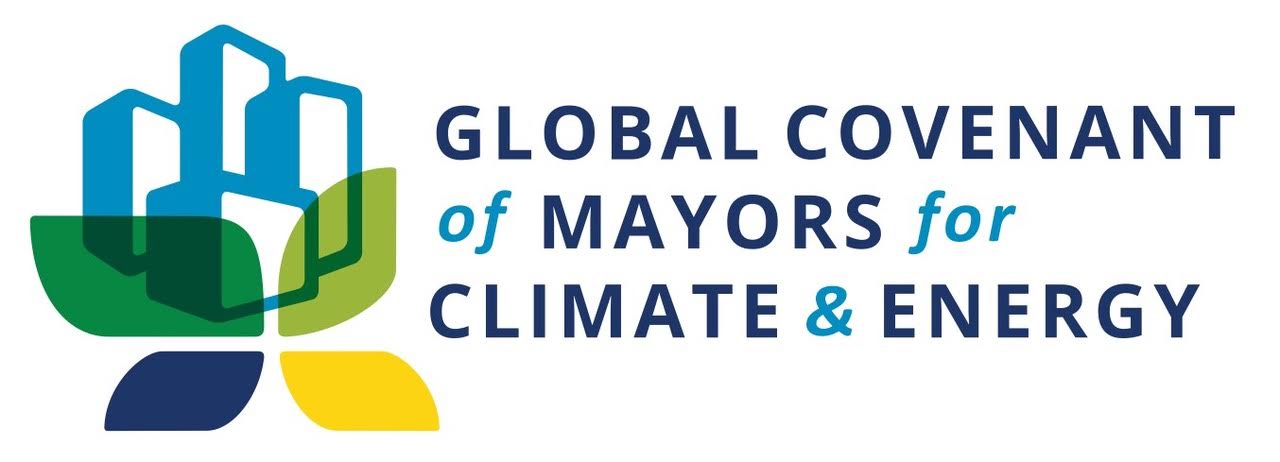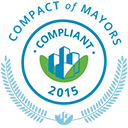Regarding “City planning based on public transportation” as listed in the action plan, it is clearly positioned also in city transportation plan.
In this plan, we set the goal of “To be able to reach the nearest railway station from home in 15 minutes" and we already cover an area of 95% of total population.
City inducted land use as below through regulation and cooperation with various stakeholders.
· Creating cities in the suburbs
Railway operators have promoted the development of residential areas near railways and the maintenance of bus routes, in addition to the development in front of the stations by themselves, When they maintained railways and extended of routes.
This is a mechanism to offset the construction cost of the railway business and the development profit, and it became possible for Yokohama to provide a high-quality residential area centered on public transportation to many residents without introducing tax.
In addition, business operators are actively working on town management as a continuous effort.
・Creating cities in the center of urban cities
The Minato-Mirai district, in the center area of Yokohama, was promoted redevelopment as a new business area , triggered by the relocation of shipbuilding factory.
At that time, the developers maintained broad roads and the new lines by paying the railway costs, and each building was also connected with the pedestrian deck.
As a result, Yokohama realized the cities which can be accessed by public transportation, the formation of pedestrian network with high safety and the traffic network without jam. In addition, operation of a shared bike system managed by IoT is started using a motor-assisted bicycle called bay bike. The conversion from the area to the diversity city with low energy consumption and high energy efficiency, such as discharging such a large amount of CO2, has enabled 190,000 people to work in office buildings and realize the area where 10,000 people live now. It is growing more and more.
· Cities creating based on public transportation and CO2 reduction effect
Take the Tokyu Den-en-toshi Line as an example.
There are 5.34 million people living along the line. It takes about 30 minutes to access to the metropolitan area by train. There is easy to access to the station by foot or by bicycle, bus transport network is also substantial. As compared with the case of irregular development in this area, GHG emissions are estimated to increase 1,200g for one round-trip by tripping to the capital per capita. CO2 emissions by private passenger cars are 480kg per capita, which is 40% low compared with the national average 810kg per capita.
Thus, cities planning based on public transportation has largely contributed to reducing CO2 emissions in addition to improving convenience.




